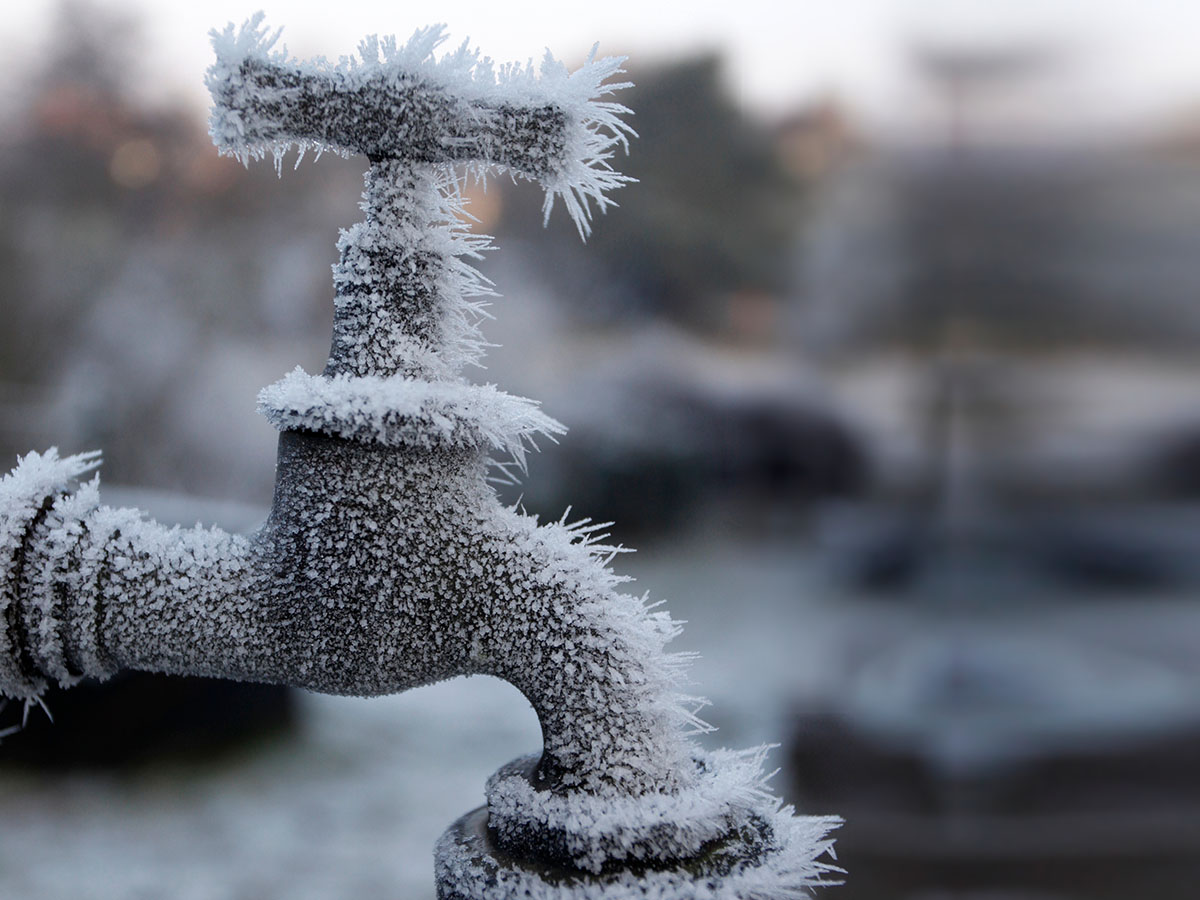Essential Tips to Prevent Frozen Pipes in Cold Weather
Essential Tips to Prevent Frozen Pipes in Cold Weather
Blog Article
They are making a number of good pointers about Winter Plumbing Precautions: Preventing Frozen Pipes in general in the content followed below.

Cold weather can damage your pipes, specifically by freezing pipes. Below's exactly how to stop it from happening and what to do if it does.
Intro
As temperatures decrease, the threat of frozen pipelines increases, potentially causing pricey repair services and water damages. Understanding exactly how to stop icy pipes is vital for homeowners in chilly climates.
Understanding Icy Pipes
What creates pipes to freeze?
Pipelines freeze when exposed to temperatures below 32 ° F (0 ° C) for expanded durations. As water inside the pipelines ices up, it broadens, putting pressure on the pipeline wall surfaces and potentially triggering them to rupture.
Risks and damages
Icy pipes can cause supply of water interruptions, residential or commercial property damages, and expensive repair work. Ruptured pipes can flooding homes and create comprehensive structural damages.
Signs of Frozen Pipeline
Recognizing frozen pipes early can avoid them from breaking.
How to determine icy pipes
Search for reduced water circulation from taps, unusual odors or sounds from pipes, and visible frost on subjected pipelines.
Avoidance Tips
Protecting prone pipelines
Wrap pipes in insulation sleeves or use heat tape to protect them from freezing temperatures. Concentrate on pipelines in unheated or outside areas of the home.
Heating techniques
Maintain interior spaces appropriately warmed, especially locations with pipes. Open up cupboard doors to enable warm air to circulate around pipelines under sinks.
Safeguarding Outdoor Plumbing
Garden hose pipes and outdoor taps
Separate and drain garden pipes before winter season. Install frost-proof spigots or cover outside taps with insulated caps.
What to Do If Your Pipelines Freeze
Immediate activities to take
If you suspect frozen pipes, maintain faucets available to relieve stress as the ice melts. Make use of a hairdryer or towels taken in warm water to thaw pipes gradually.
Long-Term Solutions
Structural modifications
Think about rerouting pipelines far from outside walls or unheated locations. Add additional insulation to attics, cellars, and crawl spaces.
Upgrading insulation
Invest in top quality insulation for pipes, attics, and wall surfaces. Proper insulation helps keep regular temperature levels and decreases the danger of icy pipelines.
Verdict
Avoiding frozen pipelines needs proactive steps and fast responses. By recognizing the reasons, signs, and preventive measures, home owners can secure their pipes throughout cold weather.
6 Proven Ways to Prevent Frozen Pipes and Protect Your Home
Disconnect and Drain Garden Hoses
Before winter arrives, start by disconnecting your garden hoses and draining any remaining water. Close the shut-off valves that supply outdoor hose bibs and leave the outdoor faucet open to allow any residual water to drain. For extra protection, consider using faucet covers throughout the colder months. It’s also important to drain water from any sprinkler supply lines following the manufacturer’s directions.
Insulate Exposed Pipes
Insulating your pipes is an effective way to prevent freezing. Pipe insulation is readily available at home improvement stores and is relatively inexpensive. Pay close attention to pipes in unheated areas such as the attic, basement, crawl spaces, or garage. Apply foam insulation generously to create a buffer against the cold. You can also wrap your pipes in heat tape or thermostat-controlled heat cables for added warmth.
Seal Air Leaks
Inspect your home for any cracks or openings that could let in cold air. Seal any holes around the piping in interior or exterior walls, as well as the sill plates where your home rests on its foundation. Additionally, make sure to keep your garage door closed unless you’re entering or exiting. Leaving it open creates a significant air leak that can lead to frozen pipes.
Allow Warm Air Circulation
During cold snaps, it’s essential to allow warm air to circulate evenly throughout your home. Leave interior doors ajar to promote better airflow. Open kitchen and bathroom cabinets to help distribute heat consistently around the rooms. If you have small children or pets, be sure to remove any household chemicals or potentially harmful cleaners from open cabinets for safety.
Let Faucets Drip
A small trickle of water can make a big difference in preventing ice formation inside your pipes. When temperatures drop significantly, start a drip of water from all faucets served by exposed pipes. This continuous flow helps prevent the water from freezing. Additionally, running a few faucets slightly can relieve pressure inside the pipes, reducing the chances of a rupture if the water inside does freeze.
https://choateshvac.com/6-proven-ways-to-prevent-frozen-pipes-and-protect-your-home/

I discovered that review on Prevent Frozen Pipes when doing a search on the web. I beg you set aside a second to promote this article if you liked it. Thanks for going through it.
Click Here Report this page